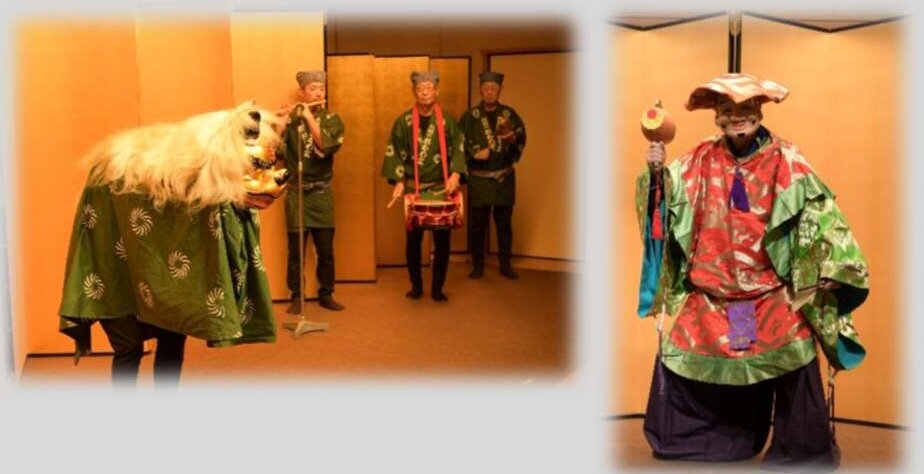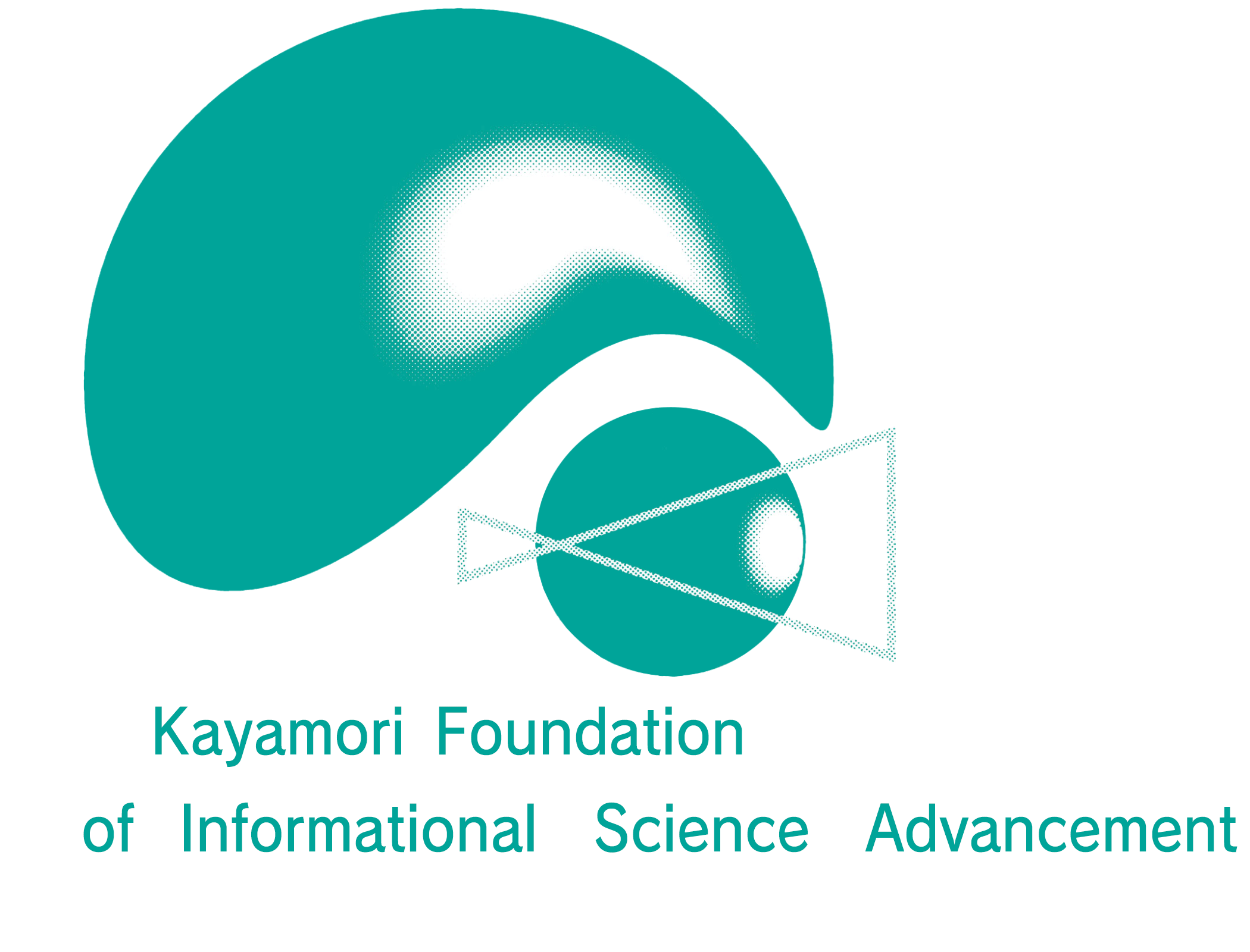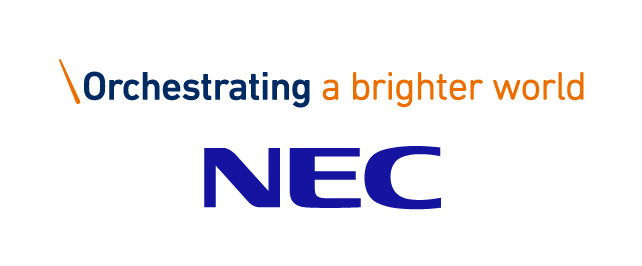Banquet
Banquet
- Date: Wednesday, January 18, 2023. 18:30-20:30
- Place: Hilton Tokyo Odaiba 1F, Room Orion
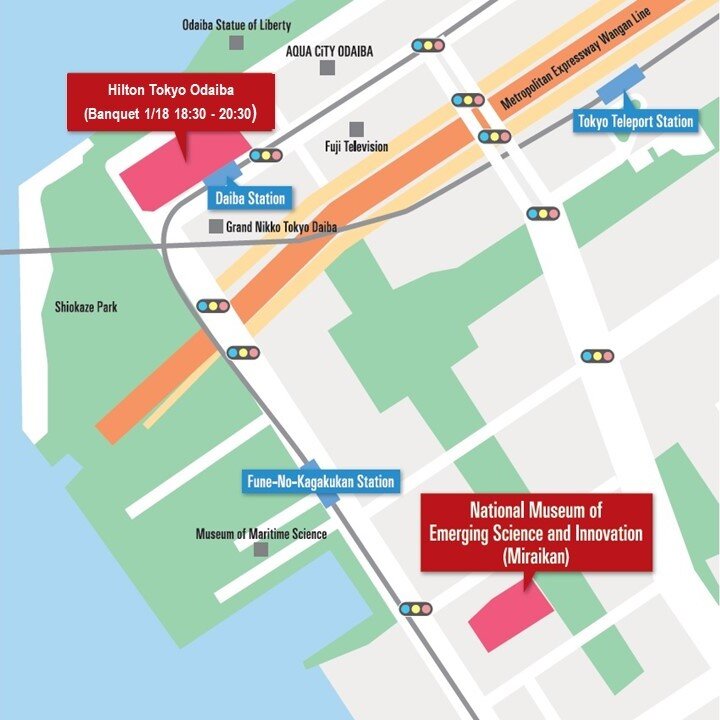
Kagami-Biraki
Kagami-biraki is a ceremony performed for the first work or event of the New Year. Kagami (mirror) means harmoniousness and hiraku or biraki (open) represents becoming prosperous. There was a custom in olden days among samurai to offer kagami-mochi (mirror-shaped rice cake) for the New Year and to then divide it up and eat it on the eleventh day of the first month of the year. This is called kagami-biraki. Kagami-mochi is still now offered at the start of the year in homes and offices. Kagami-biraki, for which we eat this kagami-mochi offered to pray for health and development during the year, has been inherited as a New Year's event. The Shinto ritual of opening the head of a sake cask is also called kagami-biraki. Liquor stores called the upper heads of sake casks kagami. Japanese sake has been served as miki (sacred sake) when performing Shinto rituals since ancient times. There is a custom of attendees drinking sake together and praying for the fulfillment of wishes after prayers. We open the head of the cask and drink the sake when miki is offered in a cask.
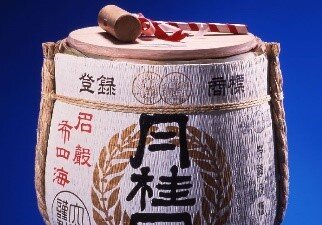
Japan has a long tradition of the lion dance and well known as Shishi-mai in Japanese. The dance is commonly performed in the New Year or Wedding ceremony to bring good luck and drive away evil spirits.
In Japan, if lion bites your head during the dancing, it will bring you good luck for all this year.
